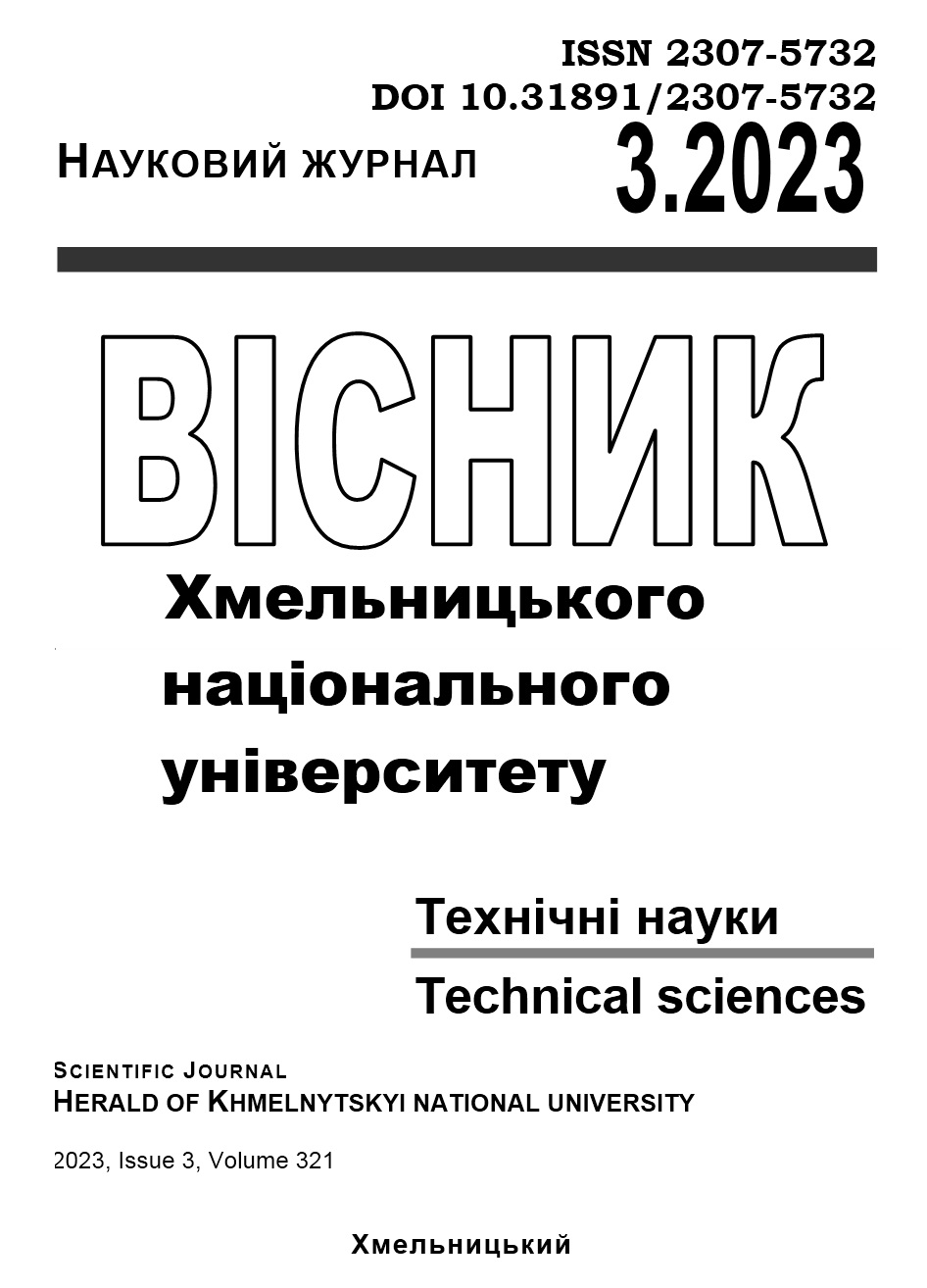USING AUGMENTED REALITY TO IMPROVE COMMUNICATION FOR PEOPLE WITH SPECIAL NEEDS
DOI:
https://doi.org/10.31891/2307-5732-2023-321-3-69-73Keywords:
Augmented reality, special needs, communication technologies, augmentative and alternative communicationAbstract
Communication is one of the most essential and everyday human needs. Every person requires communication with others to express their thoughts, ideas, and emotions, as well as to obtain information and interact with the world around them. A large category of people in the world with speech and communication disorders requires special auxiliary tools. The article discusses using augmented reality (AR) to improve communication using assistive communication technologies. It has been determined that people with disabilities in communication require real-time contextual support to ensure communication with their surroundings. Augmented reality can be an effective tool for providing contextual support by visualizing text, audio, and other forms of communication in the real world.
The methods of tracking in augmented reality are discussed in detail: marker-based tracking, hybrid tracking, model-based tracking, and natural feature tracking. It is determined that natural feature tracking allows for identifying a specific person and recognizing their voice. This enables fast and accurate interpretation of speech and real-time communication support. The use of natural feature tracking requires certain conditions for successful recognition, such as sufficient lighting and the absence of noise.
Requirements for assistive communication systems and a possible scenario for communication between a person with communication problems and another person using augmented reality are formulated. It has been determined that specialized augmented reality devices are the most effective means of communication for people with special needs. They allow for the display of textual and audio information in real-time and interactive interaction with the user. These devices make communicating more accessible and provide a more qualitative interaction with the surrounding environment for people with special needs.
Downloads
Published
Issue
Section
License
Copyright (c) 2023 ВІТАЛІЙ МЕЛЬНИК, РУСЛАН БАГРІЙ, СЕРГІЙ ПЕТРОВСЬКИЙ, ОЛЕКСАНДР КИРИЧЕНКО (Автор)

This work is licensed under a Creative Commons Attribution 4.0 International License.

